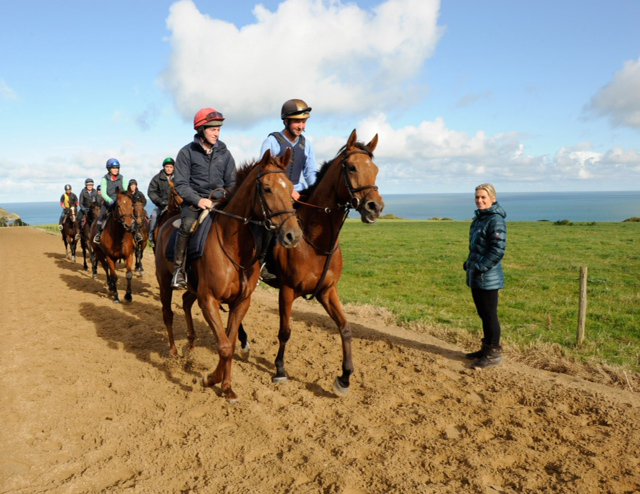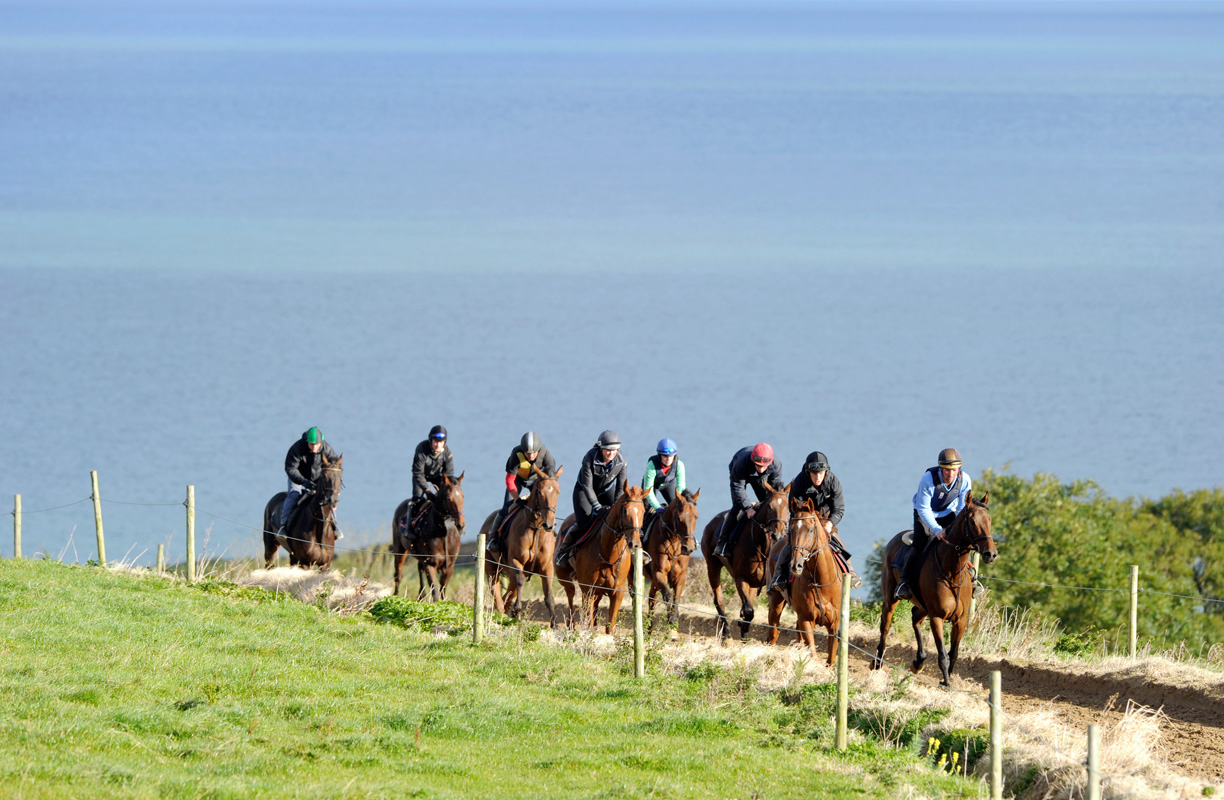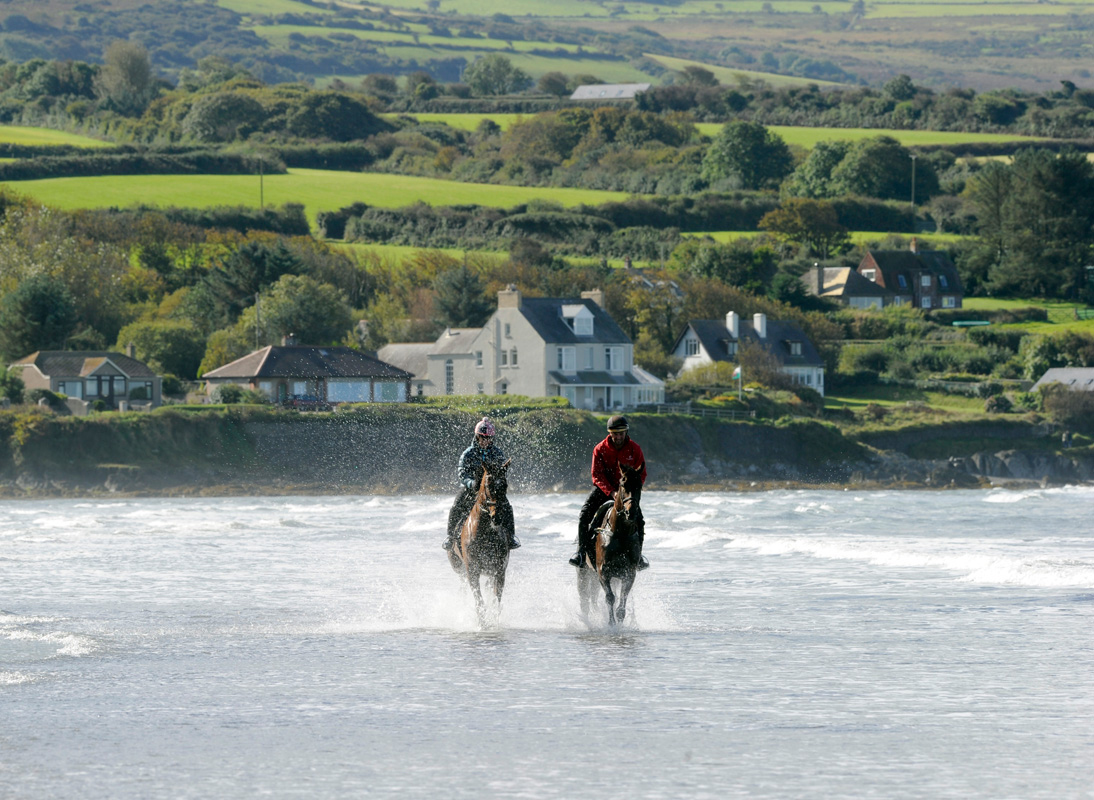THE TYPES OF OWNERSHIP
OWNERSHIP
This is the form of ownership when you are the sole owner. You are responsible for all costs and profits. You have sole choice of colours and names (if the horse is not already named).
Co-ownership (or as commonly known ‘the syndication’) of a racehorse involves the participation of more than one owner. It is effectively any type of racehorse ownership other than sole ownership. It provides a cost-effective way to get involved in racehorse ownership by allowing co-owners to share the costs of buying and running racehorses.
Consists of between two and 20 individuals of whom at least two must become, or already be, registered owners. Two of those registered become nominated partners who are jointly and severally liable under the Orders and Rules of Racing.
This is a way of using your company to own a horse. The company is in effect a ‘sole owner’ but shareholders in the company participate in racehorse ownership through their shareholdings. It can be great way of advertising your company. The horse can be named after your company providing you buy a horse that is unnamed.
Can consist of between two and twelve individuals, all of whom must become (or already be) registered owners. All owners are severally liable under the Orders and Rules of Racing.
This form of ownership avoids the requirement for capital outlay for a racehorse. Leasing can vary from “owning” a horse for a single race to having the use of one for up to the whole of its racing career. A lease can involve one lessee or a number of co-lessees.
Racing clubs offer a low priced introduction into racehorse involvement. They will usually require a one-off annual subscription fee of anything from £100 and upwards. By joining or becoming a member of a racing club you receive the benefits of that club, but are not entering into racehorse ownership directly.



